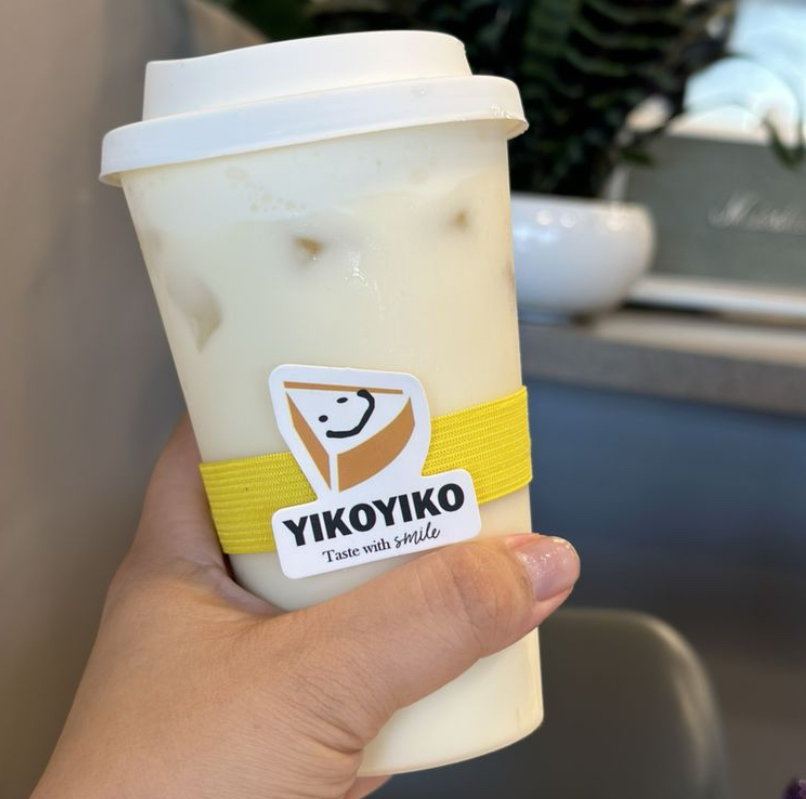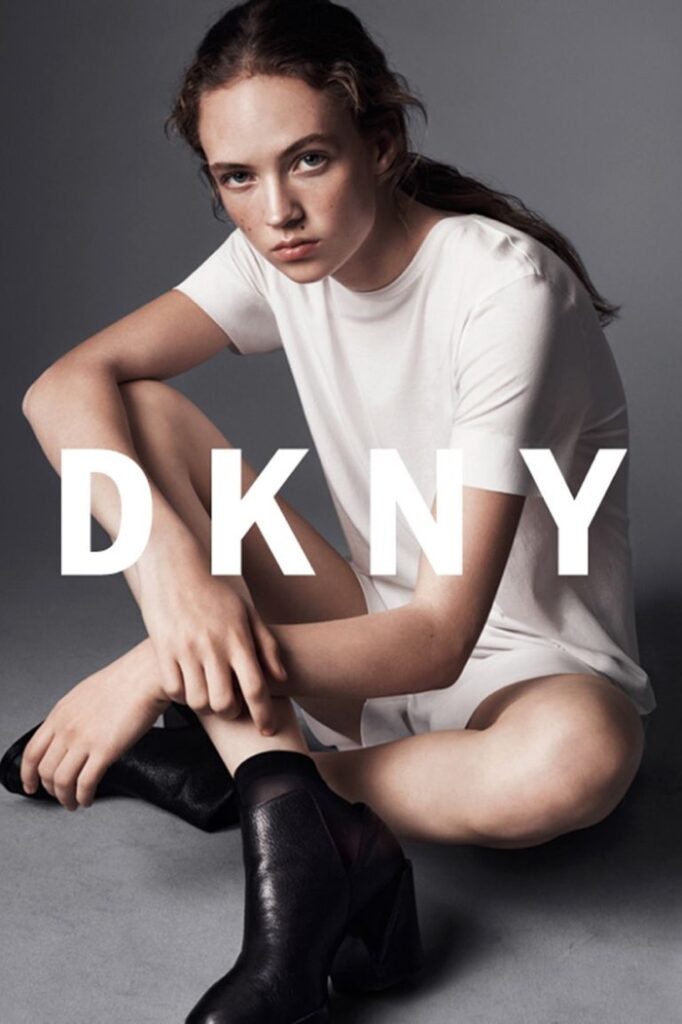The Basics of Imagery in Branding
Logos Using Illustration
Although they are images, creative logos have a wide variety of meanings. Some actually depict a good or service. Others serve as symbolic representations of concepts or metaphors that are less directly tied to the goals of an organization. Instead of depicting a particular thing, a third group evokes a feeling or offers meaning.

A potential buyer will have to do less work to understand an illustrative logo that is more literal. If you design a logo for your client’s dental business that looks like a toothbrush, it will act as a highway sign. It reads, “This is the dentist, not the cobbler.”
An illustration may occasionally be concrete, but its message is always abstract. If your moving firm is called Mayflower Transit, it makes sense to use an image of the well-known Pilgrim ship as your graphic identity—as long as you can help potential clients relate the item being depicted to a significant facet of your organization.
Apple offers the quintessential illustration of a logo that leaves room for interpretation. You wouldn’t realize that Apple doesn’t sell apples based on its logo, which is a stylized picture of an apple with a bite out of it. In 1976, the company’s previous logo—which made a clear allusion to Isaac Newton and the apple tree—was altered.
Using Style in Your Visuals
It takes more than just slapping a bug on baseball hats and polo shirts to create a cohesive identity program.
The style of additive visual elements—photography, illustration, etc.—truly helps define an identity program. Sometimes, designers fail to see the obvious. Granted, there is a fine line between obvious and banal, and you do not want to cross it, but remember that art and design serve different purposes. Art is a one-to-one communication, and design needs to communicate directly with a specific group of people. You don’t have to sacrifice clarity for sophistication when developing the photography or illustration style for a program. Many programs fail by using sophisticated but unclear imagery.

A program’s visual tone can be established and reinforced through the clever use of communicative pictures.
Using an Aesthetic Niche
From Michael Jordan billboards to stained-glass church windows, images give messages immediacy, impact, and clarity. Make an informed choice by taking into account the significance of visuals for a brand identity.
A wealth of easily accessible photos are now available to designers thanks to the development of online stock photography and photo-sharing websites. If you search for “guys in ties running through airports,” you’ll discover enough pictures to depict almost any corporate client. However, employing these overused pictures won’t help the brand establish a distinctive visual identity. It will only increase the cacophony.

It’s challenging to use images as a distinctive differentiator or identify when everyone is using the same collection of pictures. As a result, brand designers must put in more effort to produce fresh visual objects. Other imaginative brains can be excellent partners in this endeavor, contributing a fresh perspective and depth. A talented illustrator or photographer can frequently collaborate with a design director to establish a new market segment with a degree of visual sophistication suitable for the customer.
